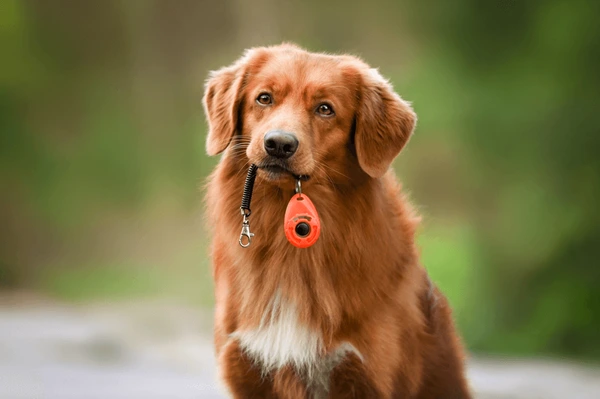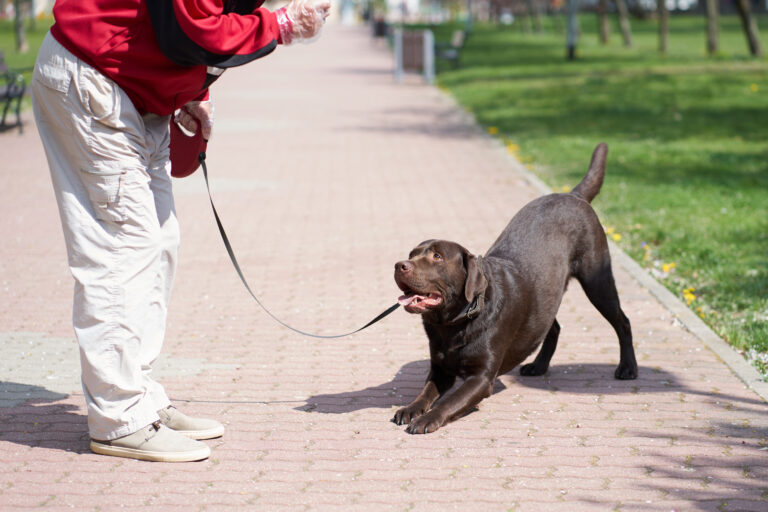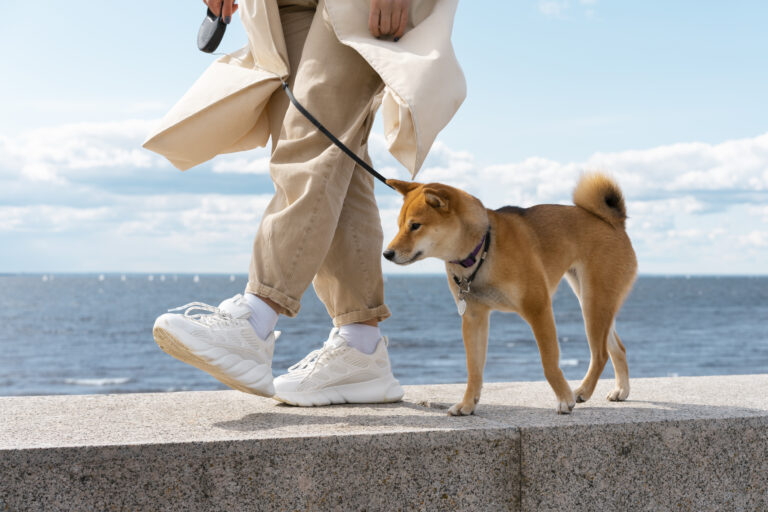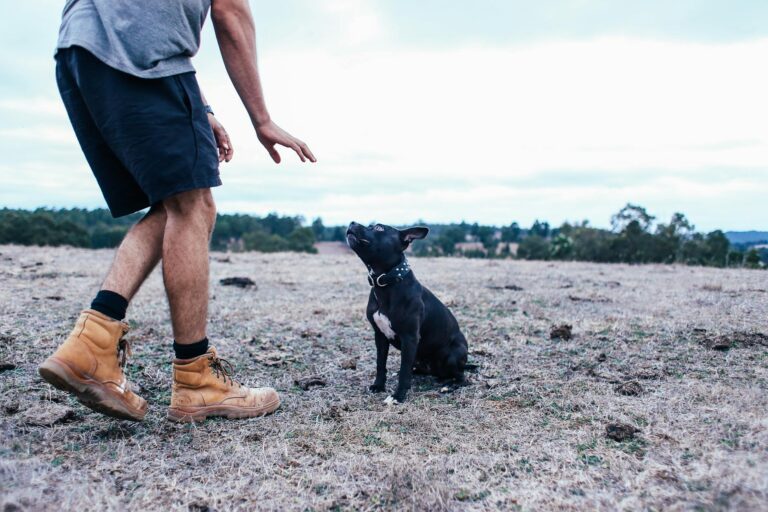Effective Puppy Training Tips for New Owners
Discover the top 10 secrets to training your new puppy like a pro and transforming them into the perfect companion.
Table of Contents
Introduction to Puppy Training
Bringing a new puppy into your home is an exciting adventure! However, with all the fun and cuddles, there’s an important job to do: puppy training. Training your puppy is very important. It helps them learn good behavior, keeps them safe, and makes living with them a lot easier.
Why Puppy Training is Important
Puppy training teaches your dog how to behave in different situations. For example, if you train your puppy to sit before they eat, it teaches them patience. Good behavior also helps keep them out of trouble. A well-trained puppy is less likely to chew on your favorite shoes or jump on guests. Plus, training helps your puppy understand what you expect from them, which can make both of your lives a lot more enjoyable.
Early Days: Starting Training
The best time to start puppy training is as soon as you bring your new friend home. Puppies are like little sponges; they can soak up lots of information! Starting early helps them learn faster. You’ll want to spend a few moments each day teaching simple commands like “sit” or “stay.” It’s important to keep training sessions short and fun, so your puppy stays excited to learn.
Basic Commands Every Puppy Should Learn
Puppy training is not just fun; it is also very important! Teaching your puppy basic commands is a key part of their education. These commands help them understand what you want and keep them safe. If you are looking for help, you can search for “puppy obedience training near me” to find classes or professional trainers in your area.
Sit
The first command to teach your puppy is “sit.” This is simple and very useful. To start, hold a treat close to your puppy’s nose. Then, slowly move the treat above their head. As their head goes up, their bottom will naturally go down. When they sit, say “sit” and give them the treat. Make sure to give them lots of praise! Repeat this a few times until your puppy knows what to do.
Stay
Find A Certified Trainer In Your Area
Come
The command “come” is really important. It helps keep your puppy safe. To teach this, start with your puppy on a leash. Let them explore a little, and then call their name followed by “come.” When they come to you, give them a treat and lots of cheer! If they do not come right away, you can give a little pull on the leash. Be sure to make “come” a happy and fun command to encourage your puppy to listen to you.
Down
Lastly, let’s teach the “down” command. This helps your puppy know how to lie down. Begin with your puppy in a standing position. Hold a treat in front of their nose and then move it to the ground. Their head will follow the treat down. As soon as their belly is on the floor, say “down” and give them the treat. Always celebrate their success! It may take a few tries, so be patient and continue practicing.
House Training Your Puppy
House training your puppy is one of the most important parts of puppy training. It means teaching your puppy where it is okay to go to the bathroom. This is not only good for your home but also helps keep your puppy happy and healthy.
Using a Crate
A crate can be a helpful tool for house training. Think of it as your puppy’s own little room. When your puppy is in the crate, it feels safe and secure. Dogs naturally do not want to mess where they sleep. So, if you use a crate, your puppy is less likely to have accidents. You can place the crate in your living room or bedroom, where your puppy can feel close to you. Just remember, never use the crate as a punishment; it should be a cozy space.
Regular Bathroom Breaks
Setting a schedule for taking your puppy outside is very important. Puppies have small bladders and need to go out often. When they wake up, after they eat, or when they play, it’s time to take them outside. A good rule is to take your puppy out every hour at first. Look for signs that your puppy might need to go, like sniffing around or circling. When you take them out, use the same phrases like “go potty.” This helps your puppy learn what to do outside.
Dealing with Accidents
Sometimes, your puppy might have an accident indoors. If this happens, it’s essential to stay calm. Yelling or scolding your puppy won’t help. Instead, clean up the mess quickly with a cleaner that gets rid of the smell. This way, your puppy will not return to that spot. If you catch your puppy in the act, you can say “no” firmly and take them outside to finish. Be patient; accidents are part of house training, and with time, your puppy will learn where to go.
Socializing Your Puppy
Socializing your puppy is a fun and super important part of puppy training. It helps your puppy grow up to be confident and friendly. When your puppy is well-socialized, it can make a big difference in how they behave around people and other animals. Let’s look at how to help your puppy make new friends!
Meeting People
One of the first steps in socializing your puppy is making sure they feel comfortable around new people. Start with family and friends. A well-known face can make things easier. Let your puppy sniff and get to know them. You can also teach your puppy that meeting strangers is fun. Give your puppy treats when they meet someone new. This will help them feel happy and relaxed around people. Make sure to take your puppy to parks, stores that allow dogs, or community events. This way, they can meet more friendly folks.
Interacting with Other Dogs
Another important part of socialization is helping your puppy play nicely with other dogs. You can set up playdates with friends who have friendly dogs. Choose dogs that are calm and can teach your puppy how to behave well. If you don’t know any dog owners, you might look for an obedience school for dogs near me where they hold puppy playgroups. These groups are great because puppies can learn to share and play without being rough. Just be sure to supervise their playtime, so everyone stays safe and has fun!
Using Rewards and Consistency as Training Tools
Training your puppy can be a fun adventure! Using rewards and being consistent are two important tools that can help make puppy training easier. Let’s explore how these methods work and why they are so effective.
Types of Rewards
Rewarding your puppy when they do something good is like giving them a high-five! Treats, toys, and praise are all great ways to show your puppy they did a fantastic job. For treats, you can use yummy snacks that your puppy really likes. Small pieces of cheese or special puppy treats work well. When your puppy listens, give them a treat right away so they know what made you happy.
Playing with a toy can also make training exciting. You can toss a ball or use a squeaky toy that your puppy loves. When they follow your command, playfully giving them their favorite toy will make them want to listen again. Don’t forget the power of your voice! Praise them with joyful words like “Good boy!” or “Great job!” to let them know you are proud. This combination of treats, toys, and positive words will motivate your pup to learn.
The Power of Consistency
Being consistent means using the same words and rules every time you train your puppy. This helps them understand what you want. For example, if you always say “sit” when you want your puppy to sit down, they will quickly learn that this word means to plop their bottom on the ground. If you sometimes say “sit” and other times say “down,” your puppy will get confused.
It’s also important to use the same rules at home and when you’re out. If your puppy is allowed to jump on you at home but not outside, they might get mixed up. Always keep your rules steady so your puppy knows what to expect. This consistency helps your puppy learn faster and makes training more effective.
Remember that training takes time, and it’s okay if your puppy doesn’t get it right away. With the right rewards and your consistent approach, you will see great progress. Keep going, and enjoy the journey of puppy training!
Finding the Right Professional Help
When it comes to puppy training, sometimes you might need a little extra help. That’s where professional trainers come in! If your puppy isn’t learning as fast as you’d like or if you just want some expert advice, finding the right kind of help can make a big difference.
Choosing a Trainer
First, think about what kind of training you want. There are options like in home dog training near me, where a trainer can come to your home. This is great because your puppy can learn in a familiar place. You can also look for an obedience school for dogs near me. These schools have classes where you and your puppy can learn together with other dogs. It can be fun for you both!
When looking for a trainer, check their experience. A good trainer will have lots of experience training puppies and should be friendly and patient. It’s also smart to read reviews from other dog owners to see what they thought about the trainer. Ask questions too! You can find out how they train, what methods they use, and if they have any special programs, like puppy obedience training near me. This way, you’ll know if they’re the right match for you and your puppy.
The Benefits of Professional Training
Hiring a professional trainer can really help you and your puppy. They know a lot about how dogs learn and behave. With their help, your puppy will learn things like basic commands and good manners faster. A professional can also teach you how to handle behavior problems, like chewing on shoes or barking too much.
Not only does professional training provide guidance, but it can also be a fun experience for both you and your puppy. You might enjoy taking a class together where you can meet other pet owners and make new friends! Plus, having a personal dog trainer near me makes it easier to understand your puppy’s needs and how to meet them.
In the end, getting help from professionals can give you the confidence you need to train your puppy well. It’s a great way to make the training journey smoother and more enjoyable for both you and your furry friend!
Conclusion: Emphasizing Patience and Persistence
Puppy training is a journey that takes time and effort. It’s like learning to ride a bike. At first, it can be tricky. But with practice and support, it becomes easier and more fun. Just remember, patience is key. If your puppy doesn’t get a command right away, don’t worry! Keep trying, and use the tips we’ve talked about. Each puppy learns at their own speed, so it’s important to stay positive.
Persistence is also super important. This means you should keep going, even when things get tough. You might have a day where your puppy doesn’t want to listen. That’s okay! Stick to your training routine. Doing little training sessions every day will help your puppy learn. Plus, it helps build a strong bond between you and your furry friend.
When you use your patience and persistence, you’ll see your puppy grow into a well-behaved dog. Whether you’re looking into pet training near me or finding options like in home dog training near me or a personal dog trainer near me, remember that the right support makes a big difference. Good luck, and enjoy the special moments with your puppy as they learn and grow!






